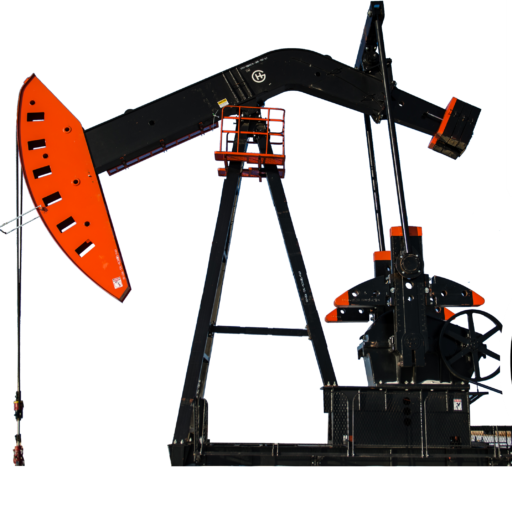The Frontier Centre for Public Policy is a Winnipeg based, independent, non-partisan, not-for-profit, research and educational institution whose mission is to explore options for the future by undertaking research and education that supports economic growth and opportunity. FCPP does not accept government funding.
Solar arrays. Video licensed by Brian Zinchuk via Storyblocks.com
Wind and solar power, we are always told, are really cheaper than fossil-fuel power, if you tot up the true costs of using each type. These arguments have always been dubious on their merits, if not outright disingenuous. Yes, the wind is free and the sunshine is free, but nothing about capturing either one for useful work is anything like free. In fact, both common sense and a growing body of evidence suggests that both wind and solar power are going to be far more expensive than fossil fuel alternatives and do a great deal of environmental damage on their own merits.
At the most fundamental level, these power generators sit on land – lots and lots of land – most of which is not free. Even if land is being used strictly for wilderness, that use of the land provides society with quite massive benefits (they are called “ecosystem services”) such as maintaining wildlife, offering protective buffers against weather and climate fluctuations, purifying and controlling local air and water flows, and all that good stuff. When it comes to land, one would have hoped by now that environmental advocates (of all people!) should have learned that land is never free. And neither is the transport of wind or solar power free, nor is the technology to capture wind power and solar power.

Alberta’s 736 MW of solar generation was producing 26 MW to the grid at 1109 MST Jan. 20, 2022. Source: AESO.ca
But still more awkward is the fact that wind and solar power are unlikely to follow the optimistic cost-curve declines that we’ve been promised over the years. A recent article on solar photovoltaic (pv) power by Jonathan Gifford at pv magazine suggests that the cost curve promises are quickly coming to a halt. Gifford quotes a senior exec with a large solar power system producer, explaining that, while solar component costs have been in decline for about 6 years now, the easy days are behind us. He observes that currently, manufacturing only constitutes 30 percent of pv module manufacturing, while material inputs such as silver, copper, aluminum, and glass for solar power systems now constitute 70 percent of input costs. And those costs are all going up.
Further, Gifford’s article points out, the transportation costs of the inputs for solar photovoltaic module manufacturing and delivery have also been rising dramatically. “Container shipment costs are eight times higher from Shanghai to ports in the United States and Europe in 2021 than they were in 2020, according to several sources.” For module shipments, Rystad (the solar photovoltaic producer quoted above) concludes that shipping prices have increased 500 per cent, from Sept. 2019 to Oct. 2021.
The idea that society could windmill and solar panel its way out of fossil-fuels, and into a carbon-neutral future that is both affordable and can produce sufficient energy to maintain a prosperity-generating economy is, and always has been based on highly flawed thinking.
When considering input costs for energy production, switching to energy generation that requires a multitude of scarce material inputs of highly variable price is not a recipe for a lower-cost energy future. To the contrary, prices for goods based largely on scarce materials and highly variable input costs are only likely to grow over time. If Canada continues on the pathway of phasing out reliable, affordable fossil-fuel energy for scarce, expensive, and unreliable “renewables” such as wind and solar power, Canada can look forward to enduring or adapting to whatever climate change may be in store in coming decades with less wealth, and less power to weather the changes.
Kenneth Green is a senior fellow at the Frontier Centre for Public Policy.
- 0098 SASPO-2874_Self Serve Campaign_New Connects_Youtube_v30098 SASPO-2874_Self Serve Campaign_New Connects_Youtube_v3
- 0100 Turnbull Project Manager0100 Turnbull Project Manager
- 0099 Mryglod Steel 1080p0099 Mryglod Steel 1080p
- 0097 Eagle Sky Ventures LTD0097 Eagle Sky Ventures LTD
- 0095 Fast Trucking nearly 70 years good at it0095 Fast Trucking nearly 70 years good at it
- 0053 Kingston Midstream Westspur Alameda Click Before You Dig0053 Kingston Midstream Westspur Alameda Click Before You Dig
- 0092 Turnbull projects big and small0092 Turnbull projects big and small
- 0046 City of Estevan This is Estevan Teaser0046 City of Estevan This is Estevan Teaser
- 0087 Lori Carr Coal Expansion0087 Lori Carr Coal Expansion
- 0077 Caprice Resources Stand Up For Free Speech0077 Caprice Resources Stand Up For Free Speech
- 0076 Latus only0076 Latus only
- 0061 SIMSA 2024 For Sask Buy Sask0061 SIMSA 2024 For Sask Buy Sask
- 0055 Smart Power Be Smart with your Power office0055 Smart Power Be Smart with your Power office
- 0051 JML Hiring Pumpjack assembly0051 JML Hiring Pumpjack assembly
- 0049 Scotsburn Dental soft guitar0049 Scotsburn Dental soft guitar
- 0041 DEEP Since 2018 now we are going to build0041 DEEP Since 2018 now we are going to build
- 0032 IWS Summer hiring rock trailer music
- 0022 Grimes winter hiring
- 0021 OSY Rentals S8 Promo
- 0018 IWS Hiring Royal Summer
- 0013 Panther Drilling PO ad 03 top drive rigs
- 0006 JK Junior
- 0002 gilliss casing services0002 gilliss casing services
- 9002 Pipeline Online 30 sec EBEX9002 Pipeline Online 30 sec EBEX
- 9001
